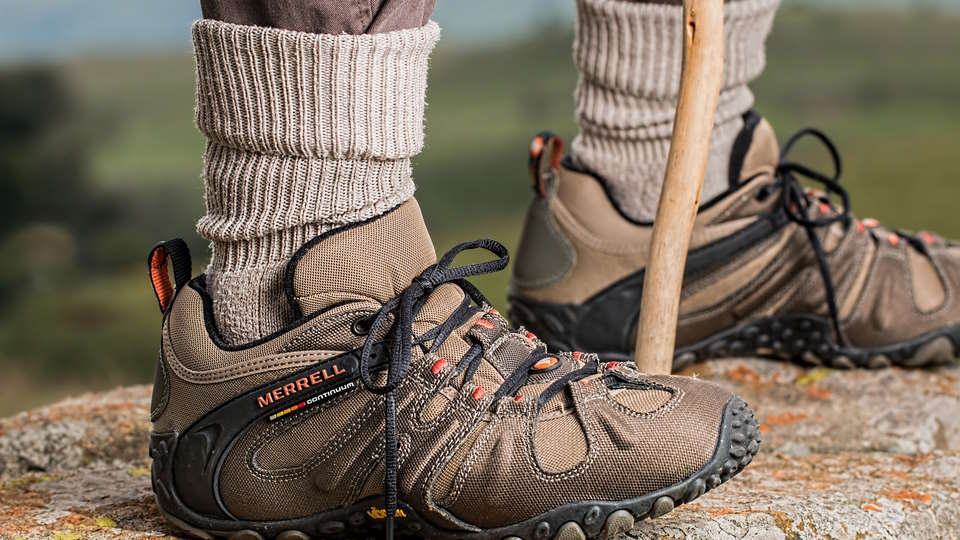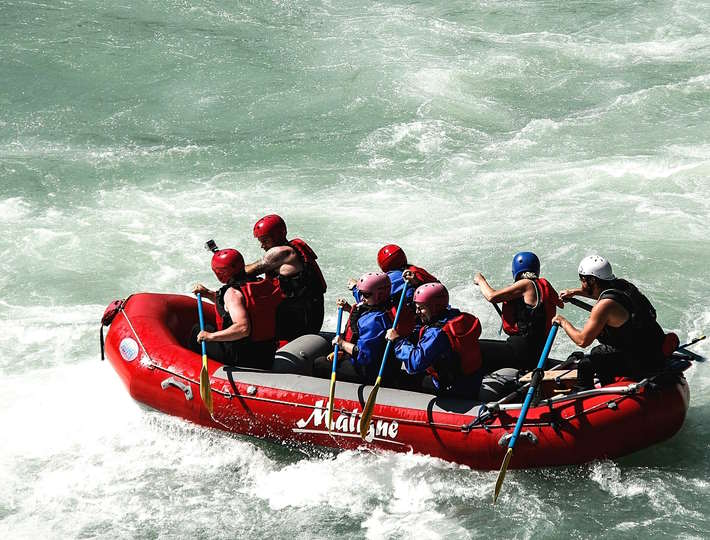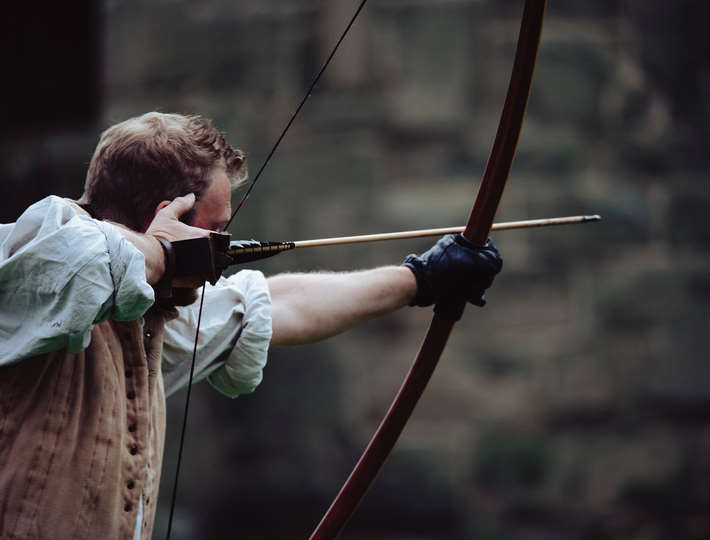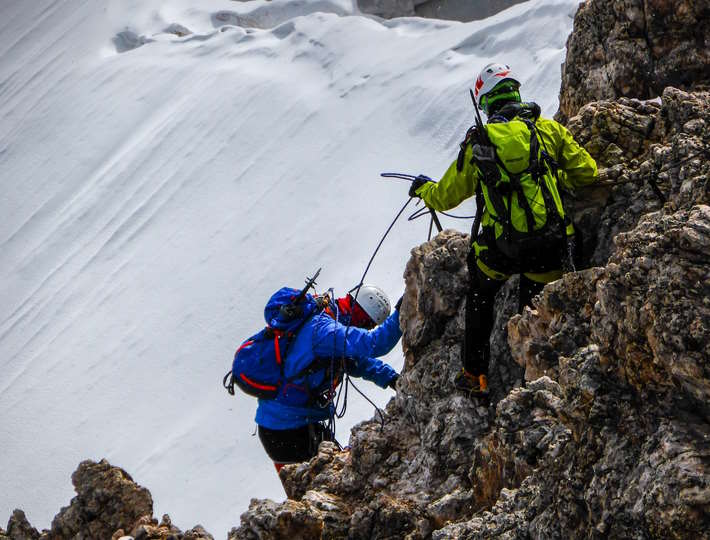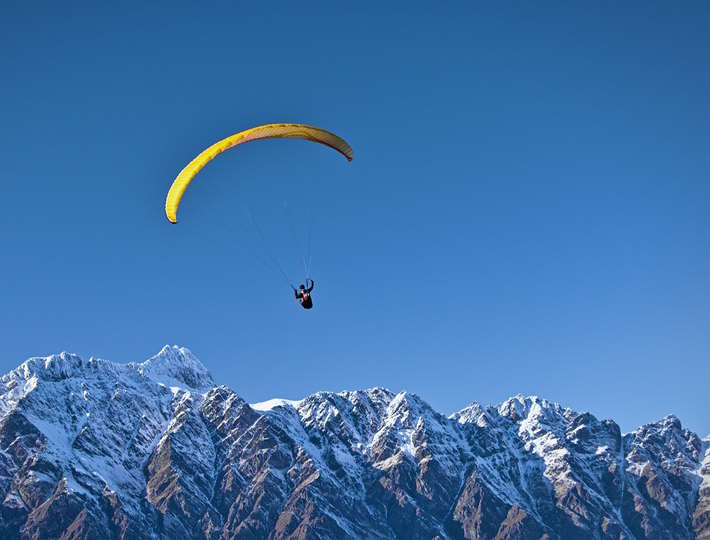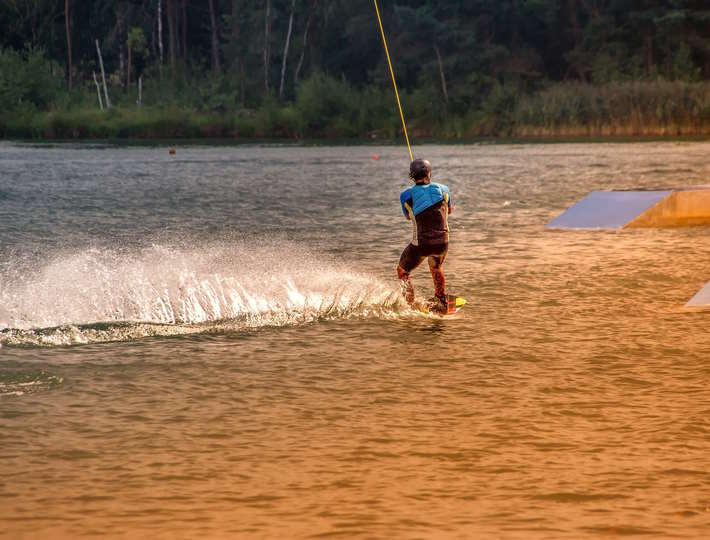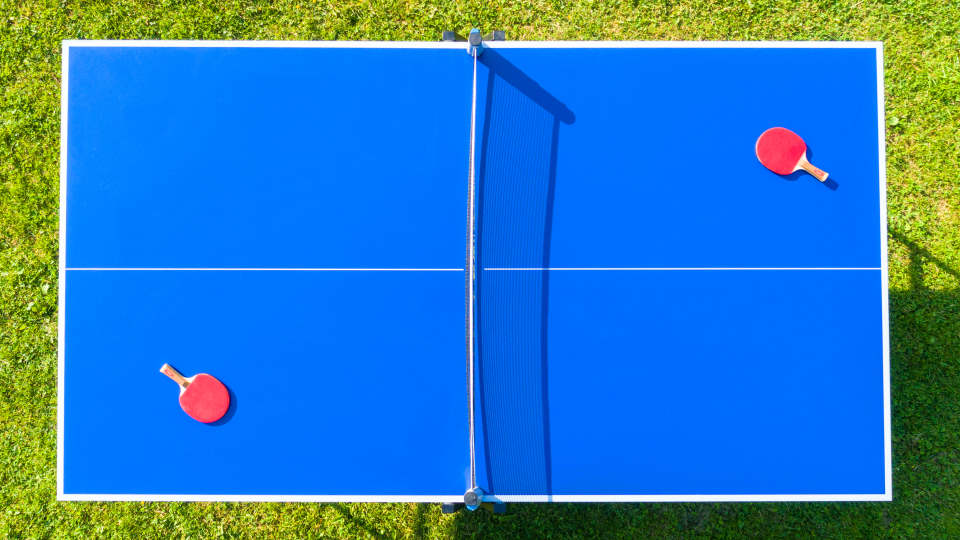Outdoor sports have always been a part of human civilization, with evidence of hunting, fishing, and archery dating back to prehistoric times. These early forms of outdoor sports were primarily for survival and sustenance, but as human societies evolved, so did outdoor sports. Today, outdoor sports encompass a wide range of activities, from skiing and snowboarding to rock climbing and surfing.
The role of outdoor sports in sports culture and society is highly significant. Outdoor sports provide individuals with opportunities to connect with nature, challenge themselves physically and mentally, and escape the stresses of daily life. Moreover, outdoor sports serve as a source of inspiration and entertainment for people worldwide, with professional athletes pushing the limits of what is possible in their respective sports.
Outdoor sports have also had a profound impact on mainstream sports culture and the larger society. For example, snowboarding, once considered a fringe sport, is now a staple of the Winter Olympics and has influenced the design and marketing of other products such as clothing and lifestyle brands. Similarly, the popularity of extreme sports such as skateboarding, BMX, and parkour has influenced the design of urban architecture, with cities incorporating elements such as skate parks and climbing walls into public spaces.
Looking towards the future, the role of outdoor sports in sports culture and society is poised to continue evolving. With advances in technology and greater awareness of environmental issues, outdoor sports are becoming more accessible and sustainable. Additionally, the global pandemic has led to a renewed interest in outdoor activities as people seek safe, socially distanced ways to stay active and engaged.
Early Beginnings
Outdoor sports have been part of human history since the beginning of time. Early humans relied on hunting and fishing to survive, and over time, these activities evolved into recreational pursuits. Archery, another ancient outdoor sport, was also used for hunting and warfare.
The origins of hunting can be traced back to prehistoric times. Archaeological evidence shows that early humans hunted large animals, such as mammoths, using spears and traps. Hunting became an important part of human survival, and its importance continued into the Middle Ages, when it was a popular leisure activity among the nobility.
Fishing, too, has a long history. Early humans fished using nets, spears, and traps, and evidence of fishing equipment has been found at archaeological sites around the world. Fishing became a popular recreational activity in ancient civilizations, such as Egypt and Greece, and continues to be a popular outdoor sport today.
Archery was also an important outdoor sport in many ancient civilizations. In China and Japan, archery was used for hunting and warfare. In England, archery was a popular sport among the nobility during the Middle Ages. Today, archery is a recognized Olympic sport and is practiced by people all over the world.
In addition to hunting, fishing, and archery, other early outdoor sports included swimming, horseback riding, and wrestling. These activities were not only enjoyed for recreation, but were also used for military training and physical fitness.
Early outdoor sports were not just about leisure and athleticism—they were also important for cultural and social reasons. Hunting and fishing played important roles in many cultures’ belief systems, and were often accompanied by rituals and ceremonies. Similarly, archery was an important part of many cultures’ martial traditions.
While many early outdoor sports evolved into modern recreational activities, their roots in survival, religion, and culture have not been forgotten. Today, hunting and fishing are still important to many people for sustenance, and archery is still practiced in some cultures as a traditional martial art.
The origins of outdoor sports are a testament to the enduring relationship between humans and the natural world. What started as a necessity for survival has evolved into a rich cultural and social tradition that continues to thrive today.
Advent of Modern Outdoor Sports
The advent of modern outdoor sports has revolutionized the way people enjoy activities in the great outdoors. While early outdoor sports such as hunting, fishing, and archery have been around for centuries, it wasn’t until the 20th century that modern outdoor sports emerged as a popular pastime.
One of the most exciting new outdoor sports of the 20th century was skiing, which first became popular in the 1930s. It quickly caught on as an exhilarating activity that allowed people to explore otherwise inaccessible mountain ranges. Today, skiing is a multi-billion-dollar industry that attracts millions of enthusiasts from around the world to beautiful mountain resorts.
In the 1960s, snowboarding emerged as a radical new alternative to skiing. This new sport involved strapping both feet to a single board and maneuvering down snow-covered slopes. Snowboarding quickly took the world by storm, especially among younger generations who were drawn to its counter-culture appeal.
Another popular modern outdoor sport is mountain biking, which began to emerge in the 1970s. This activity involves using specially designed bicycles to navigate rugged, mountainous terrain. Mountain biking quickly became a popular offshoot of road cycling, combining physical fitness with an adventurous spirit.
The emergence of modern outdoor sports has had a profound impact on the way people interact with the natural world. While earlier outdoor sports such as hunting and fishing focused primarily on the acquisition of food, modern outdoor sports are driven by the enjoyment of nature and the thrill of adventure.
As technology continues to advance, it’s likely that we’ll see even more diverse and exciting outdoor sports emerge in the years to come. From rock climbing to kayaking to extreme sports like base jumping, outdoor enthusiasts will always be seeking new ways to push the limits of what’s possible.
Overall, the advent of modern outdoor sports has transformed the way people view sports and recreation in the great outdoors. Whether you’re a skiing enthusiast, a snowboarding fanatic, or a mountain biking aficionado, there’s no denying the tremendous impact that these sports have had on sports culture and society as a whole.
Growth of Adventure Sports
Adventure sports have seen a meteoric rise in popularity in recent years, with many enthusiasts seeking new, adrenaline-pumping ways to experience nature. One of the most popular adventure sports is rock climbing, which involves ascending steep rock faces using specialized equipment such as ropes, harnesses, and carabiners. Rock climbing has a dedicated following around the world, and there are many dedicated sites for climbing enthusiasts to test their skills and push their limits.
Another popular adventure sport is kayaking, which involves paddling a narrow boat through fast-moving water. Kayaking requires skill and physical fitness, and is a great way to explore rivers and rapids in a safe and controlled environment. Some enthusiasts even take their kayaking skills to the ocean, where they can ride waves and navigate through challenging currents.
Finally, surfing is another adventure sport that has taken the world by storm. Surfers ride waves on a specially-designed board, using their balance and skill to stay upright and maneuver through the water. Surfing is a physically demanding sport that requires strength, balance, and endurance, but it is also a great way to experience the power and beauty of the ocean.
The growth of these adventure sports has been fueled by a number of factors, including improvements in equipment and safety measures, increased accessibility through dedicated facilities and training programs, and a growing appetite among sports enthusiasts for unique, exciting experiences in nature.
While some criticize adventure sports as excessively risky or destructive to the environment, others see them as a natural extension of humanity’s innate desire to explore and push boundaries. Whatever your perspective, there is no denying that adventure sports have captured the hearts and minds of millions of people around the world, and will continue to grow and evolve in the coming years.
Impact on Sports Culture
Outdoor sports have come a long way from being a simple pastime to shaping sports culture and society as we know it today. The adventurous spirit of outdoor sports has captured the hearts and minds of millions of enthusiasts worldwide, giving rise to a vibrant, diverse community of athletes and fans. While outdoor sports have traditionally been associated with nature and wilderness, their impact on mainstream sports culture and the wider society cannot be overstated.
The influence of outdoor sports on mainstream sports culture is palpable, with many traditional sports such as basketball, football, and baseball incorporating elements of outdoor sports into their gameplay. The popularity of snowboarding, for instance, has given rise to a variety of snow-based competitions and events, including the Winter X Games, an annual extreme sports event that brings together some of the best athletes from around the world.
Similarly, the rise of adventure sports such as rock climbing, kayaking, and surfing has led to a new wave of outdoor enthusiasts who are constantly pushing the boundaries of what is possible in their respective sports. The growing popularity of adventure sports has also made them more accessible, with a plethora of training centers, gear shops, and online resources available to anyone interested in trying their hand at these activities.
- Impact on Mainstream Sports
- Accessible to Anyone
- Outdoor Enthusiasts
Outdoor sports have also had a profound impact on wider society, with many people finding solace, peace, and a sense of purpose in these activities. The physical and mental benefits of outdoor sports are well-documented, with research showing that spending time in nature can reduce stress, lower blood pressure, and improve overall well-being. Furthermore, outdoor sports have become a tool for social and environmental activism, promoting conservation efforts and education on sustainability practices.
In conclusion, the influence of outdoor sports on sports culture and society as a whole cannot be overstated. From shaping the gameplay of traditional sports to providing a source of inspiration and well-being to millions of people worldwide, outdoor sports have truly become an integral part of human experience. With new trends and directions emerging every day, we can expect outdoor sports to continue to play a significant role in shaping our culture and society for years to come.
Future of Outdoor Sports
One trend that is rapidly gaining popularity is eco-friendly outdoor sports. As climate change becomes a more pressing issue, outdoor enthusiasts are looking for ways to enjoy the outdoors while minimizing their impact on the environment. This means that more people are turning to sports like hiking and kayaking instead of using motorized vehicles. Companies are also starting to prioritize sustainability, producing gear and equipment made from renewable materials and implementing sustainable practices in manufacturing.
Another trend is the use of technology in outdoor sports. Wearables such as smartwatches and fitness trackers are becoming more advanced and are now specifically designed for outdoor sports like trail running and mountaineering. Virtual reality is also being incorporated into sports like skiing and rock climbing, providing a new level of immersive experience for enthusiasts.
| Pros | Cons |
|---|---|
| Enhanced performance monitoring | Dependency on technology |
| New level of experience | Possible safety concerns |
Lastly, inclusivity is becoming more important in outdoor sports. Historically, outdoor sports have been seen as exclusive, only accessible to those who can afford expensive gear and training. However, there is now a push towards making outdoor sports more accessible and diverse. Companies are creating more affordable gear and offering more opportunities for people of all backgrounds to try out different outdoor sports.
In conclusion, the direction and trends of outdoor sports for the future are eco-friendliness, technology integration, and inclusivity. With the growing concern for the environment and the advancement of technology, outdoor sports are adapting to keep up with the times, while still maintaining their core values of adventure and nature.
Conclusion
Throughout human history, outdoor sports have played an important role in shaping our culture and society. From the earliest hunting and fishing activities to the modern-day extreme sports, the impact of outdoor sports can be seen in every aspect of our lives. In this blog post, we will explore the significance of outdoor sports in human history and their continuing impact on sports culture.
Outdoor sports have been a fundamental part of human existence since the beginning of time. Hunting and fishing were necessary activities for survival, and they also served as a means of social and cultural exchange. As humans developed more advanced tools and technologies, they began to explore new forms of outdoor sports, such as archery and horseback riding. These activities not only provided entertainment but also contributed to the development of skills such as coordination, balance, and focus.
The advent of modern outdoor sports, such as skiing, snowboarding, and mountain biking, marked a new era in sports culture. These sports not only pushed the boundaries of human physical capabilities but also enabled people to enjoy the natural beauty of the outdoors. With the rise of adventure sports like rock climbing, kayaking, and surfing, people began to place more importance on human connection with nature.
The impact of outdoor sports on mainstream sports culture and society cannot be overstated. Outdoor sports have inspired countless athletes and adventurers to push their limits and test their physical and mental boundaries. They have also influenced popular culture, from fashion to music to film. The outdoor sports industry has created jobs and contributed to economic growth in areas that might otherwise have been neglected.
The future of outdoor sports is exciting and full of possibilities. As science and technology continue to advance, we can expect to see new and innovative outdoor sports emerge. However, it is important to remember the history and significance of outdoor sports and to continue to promote the value of physical activity and human interaction with the natural world.
In conclusion, outdoor sports are an integral part of human history and culture. They have shaped our society and influenced mainstream sports culture in countless ways. As we move forward, it is important to recognize the continuing impact of outdoor sports and to promote their value for future generations.
